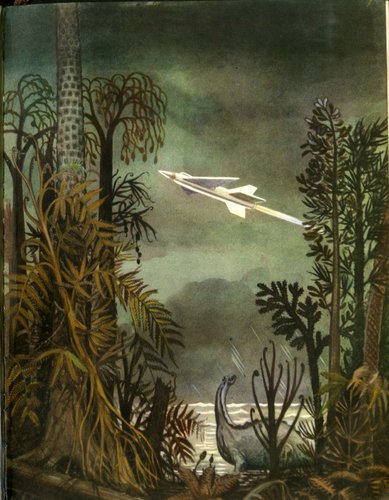You are using an out of date browser. It may not display this or other websites correctly.
You should upgrade or use an alternative browser.
You should upgrade or use an alternative browser.
Life on Venus?
- Thread starter Flyaway
- Start date
FighterJock
ACCESS: Above Top Secret
- Joined
- 29 October 2007
- Messages
- 5,609
- Reaction score
- 5,939
What I would like to see in another Venus mission would be, is some form of plane or helicopter being dropped from an orbiter to fly in the atmosphere of Venus and look for potential signs of life forms.
Airships are better suited for Venus conditions. Atmospheric baloons were already send on Venus onboard Soviet probes, and drifted for days in upper atmosphere (presumably longer, but their batteries have a limited resource). It is perfectly possible to send a solar-powered blimp - or even a semi-rigid airship with keel frame - on Venus, which would probably be able to operate here for years, drifting above the cloud tops and using electric engines to change course a bit.
So it is airships for a future mission of Venus, I like the idea of an airship exploring the atmosphere of Venus. I wonder when such a mission would get the go ahead and be ready? I hope that it is sooner rather than later because of all the general press interest now.
- Joined
- 3 June 2011
- Messages
- 18,338
- Reaction score
- 12,240
It's the perfect mission for Bigelow.
Just because it's inflatable doesn't mean it floats.
FighterJock
ACCESS: Above Top Secret
- Joined
- 29 October 2007
- Messages
- 5,609
- Reaction score
- 5,939
Old dream
Back in the old day's when they thought that Venus had liquid water and life on the surface. Sadly the Pioneer missions to Venus in the late 1960's blew that idea sky high.
- Joined
- 21 January 2015
- Messages
- 12,155
- Reaction score
- 16,367
- Joined
- 21 January 2015
- Messages
- 12,155
- Reaction score
- 16,367
New article on Rocket Lab’s proposed Venus mission.
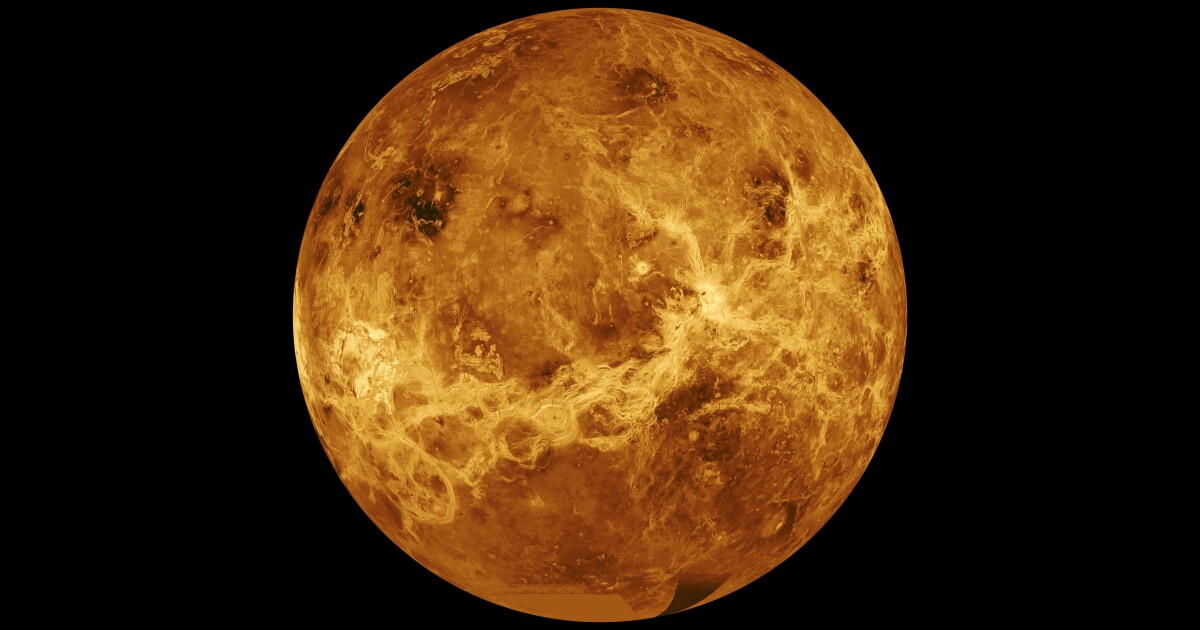
 newatlas.com
newatlas.com

Rocket Lab's CEO on visiting Venus in 2023 to search for life
This week, astronomers published research with profound implications for our search for life beyond Earth, revealing that the gas phosphine had been found in the atmosphere of Venus. This discovery could hardly have come at a better time for Rocket Lab, which in a short space of time has…
Dilandu
I'm dissatisfied, which means, I exist.
So it is airships for a future mission of Venus, I like the idea of an airship exploring the atmosphere of Venus. I wonder when such a mission
Technically there are little problems: question is how to get money for such mission. High-altitude Venusian airship would not exactly be an engineering challenge, the main factor would be protection from acid vapors from Venus clouds. If money would be aviable... i'd say four-five years to design, build, launch, and deploy.
Swamps of venus!Old dream
Back in the old day's when they thought that Venus had liquid water and life on the surface. Sadly the Pioneer missions to Venus in the late 1960's blew that idea sky high.
Attachments
- Joined
- 21 January 2015
- Messages
- 12,155
- Reaction score
- 16,367

If there is life on Venus, how could it have got there? Origin of life experts explain
Considering what we know about the key ingredients for life’s formation on Earth, here are three explanations for how this process may have occurred on our sister planet.
 theconversation.com
theconversation.com
- Joined
- 19 July 2016
- Messages
- 4,279
- Reaction score
- 3,464
If it gets any noisier here I might move there myself.....
Not the site, the planet.
Not the site, the planet.
So it is airships for a future mission of Venus, I like the idea of an airship exploring the atmosphere of Venus. I wonder when such a mission
Technically there are little problems: question is how to get money for such mission. High-altitude Venusian airship would not exactly be an engineering challenge, the main factor would be protection from acid vapors from Venus clouds. If money would be aviable... i'd say four-five years to design, build, launch, and deploy.
There are various polymer plastics available "off-the-shelf" (https://en.wikipedia.org/wiki/ETFE) that could be used for an envelope. Transparent Tefzel has been considered to allow the use of solar panels inside the envelope. Money and support are, as always, the main problem.
Randy
- Joined
- 21 January 2015
- Messages
- 12,155
- Reaction score
- 16,367
Good overall article.
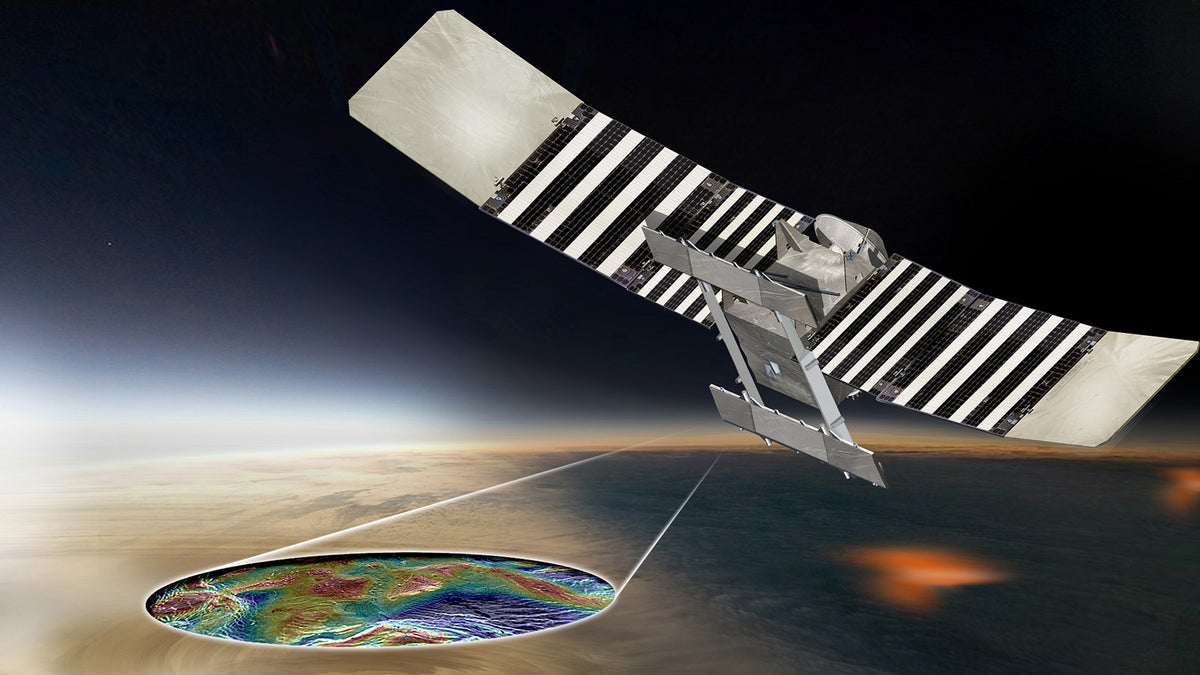
 www.scientificamerican.com
www.scientificamerican.com

Is There Life on Venus? These Missions Could Find It
Following a tantalizing discovery, these spacecraft could be headed to Earth’s twisted twin in search of the truth
Last edited:
- Joined
- 21 January 2015
- Messages
- 12,155
- Reaction score
- 16,367

Back To Venus: Upstart Company Wants To Beat NASA In Search For Life
Back to Venus: Upstart company wants to beat NASA in search for life
- Joined
- 21 January 2015
- Messages
- 12,155
- Reaction score
- 16,367
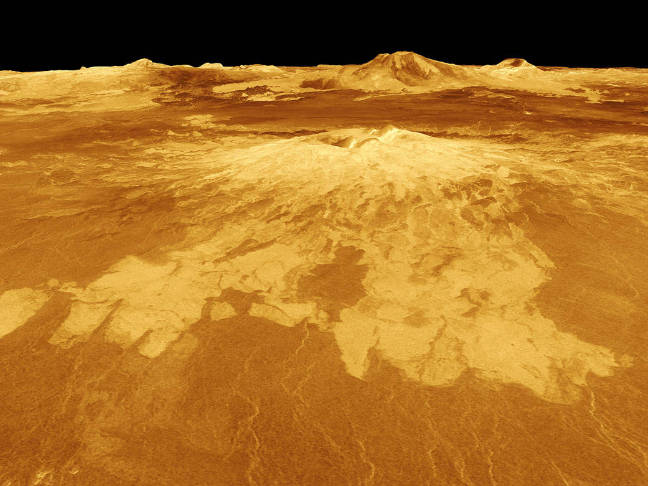
Not the Southern Rail of the stars: Rocket Lab plans frequent, regular trips to Venus from 2023
Peter Beck and 300 seconds of really rather interesting data
- Joined
- 21 January 2015
- Messages
- 12,155
- Reaction score
- 16,367
Via NSF the measurements from (1978!) Pioneer-Venus' LNMS instrument may be consistent with phosphine presence according to this reanalysis in face of the recent results:
- Joined
- 21 January 2015
- Messages
- 12,155
- Reaction score
- 16,367
The author of this new paper seems sceptical of life on Venus. Especially as according to his analysis it would have to survive in the atmosphere for one billion years.
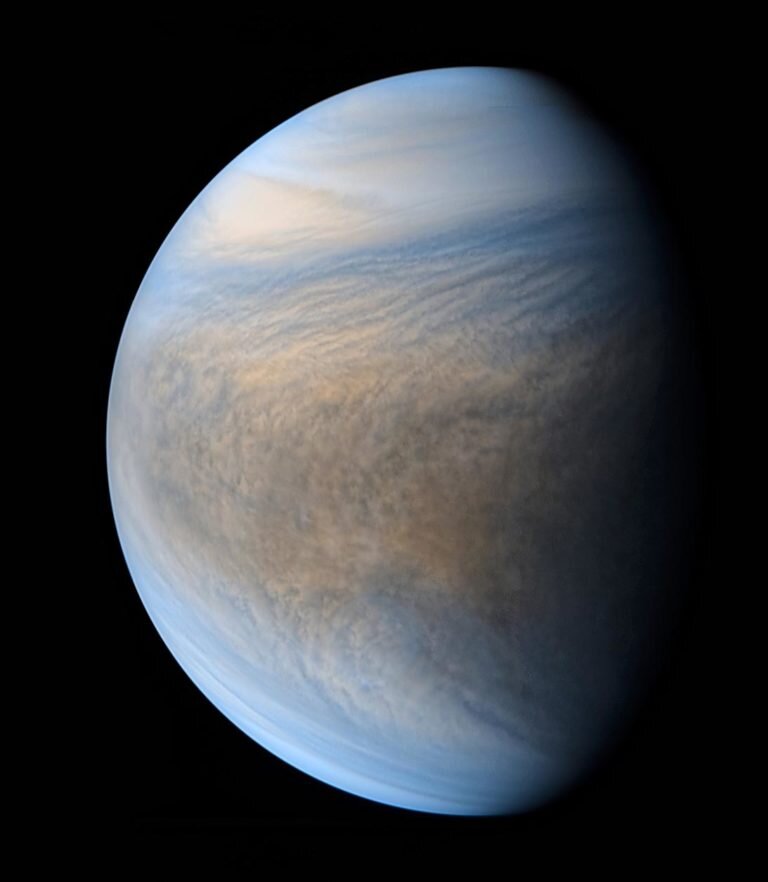
 phys.org
phys.org

Venus might be habitable today, if not for Jupiter
Venus might not be a sweltering, waterless hellscape today, if Jupiter hadn't altered its orbit around the sun, according to new UC Riverside research.
Last edited:
- Joined
- 21 January 2015
- Messages
- 12,155
- Reaction score
- 16,367
On the biggest of Pioneer’s probes, an instrument called the Large Probe Neutral Mass Spectrometer (LNMS) looked for gases in the atmosphere, with mission scientists focusing on molecules such as carbon dioxide, sulfur dioxide and argon that were known to be abundant there. After taking another look at the data, however, Rakesh Mogul, a professor of biological chemistry at California State Polytechnic University, Pomona, posits that scientists on the mission underestimated their instrument, which may have spotted trace amounts of other molecules—including, excitingly, phosphine.
Not everyone is convinced. Planetary scientist Mikhail Zolotov of Arizona State University argues that the Pioneer data are unlikely to be accurate enough to reliably detect phosphine—instead of, for instance, a more mundane mixture of phosphorus-rich gases and hydrogen sulfide. Furthermore, he says, if the LNMS detection is genuine, it suggests a much higher abundance of the gas than Sousa-Silva’s team found—so much higher, in fact, that it would be incompatible with the mere traces suggested by the recent discovery. If Mogul and his colleagues have correctly interpreted the Pioneer data, Zolotov says, “we’d expect a much higher concentration of phosphine than measured by astronomers, which is also a red flag.”
So far, Mogul and his collaborators have only been able to access a snippet of information from the mission, corresponding to altitudes between 50 and 60 kilometers above Venus. The probe, however, actually took data from an altitude of 90 kilometers all the way down to the surface of the planet. If these data could be analyzed, and if the presence of phosphine could be confirmed, they could reveal more information about the gas’s atmospheric distribution—potentially a vital clue in working out its origin. Unfortunately, although a physical copy of this information is stored in the NASA Space Science Data Coordinated Archive (NSSDCA) at NASA’s Goddard Space Flight Center, access to the archive is currently restricted because of COVID-19.
“We do have some of the data from that experiment, [but] unfortunately it is archived on microfilm and is not easily accessible,” says David Williams, acting head of the NSSDCA. “We are currently trying to get permission for one of our folks to go in to digitize that microfilm, as we have already received inquiries about it. With luck, we may be able to start on it this week.”
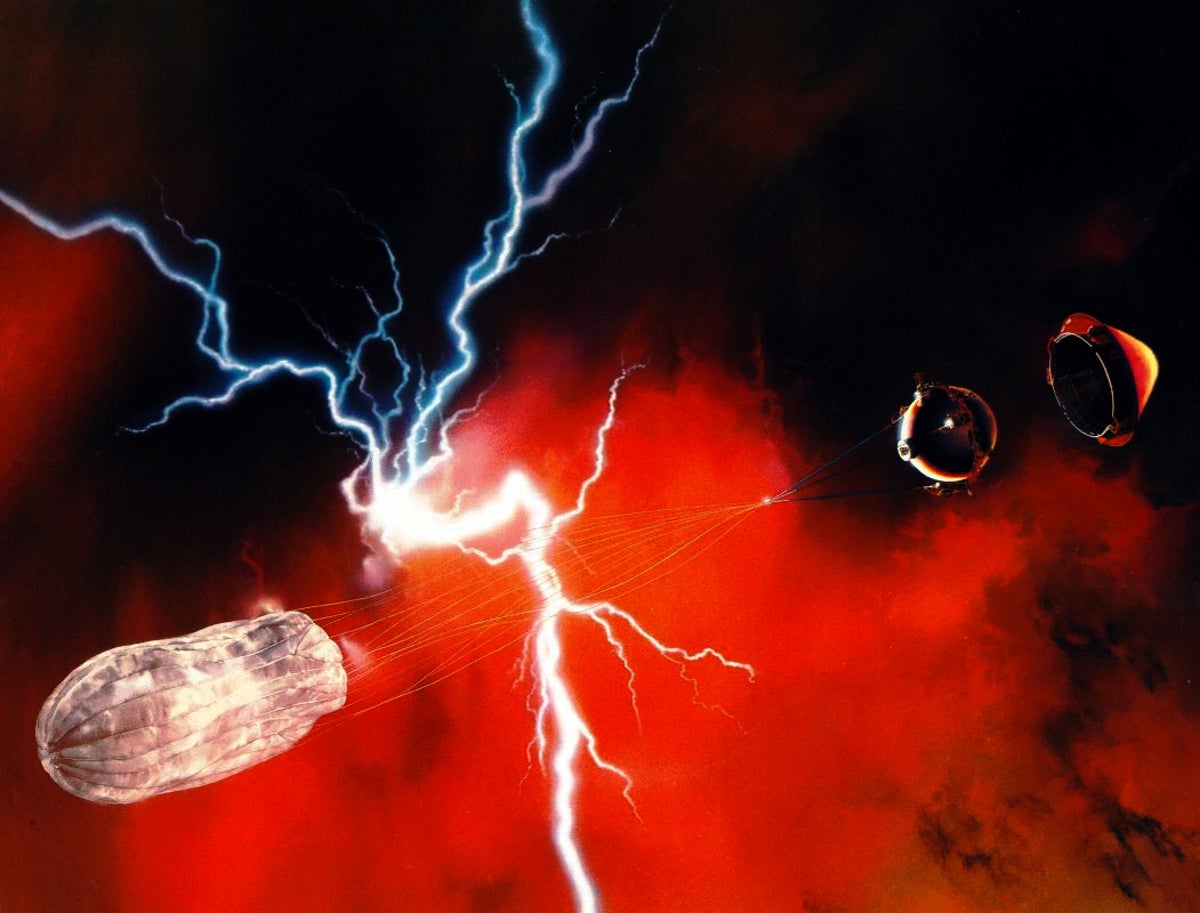
A NASA Probe May Have Found Signs of Life on Venus 40 Years Ago
Data from an old NASA mission to our sister planet may contain overlooked evidence for the gas phosphine, a potential biosignature
FighterJock
ACCESS: Above Top Secret
- Joined
- 29 October 2007
- Messages
- 5,609
- Reaction score
- 5,939
On the biggest of Pioneer’s probes, an instrument called the Large Probe Neutral Mass Spectrometer (LNMS) looked for gases in the atmosphere, with mission scientists focusing on molecules such as carbon dioxide, sulfur dioxide and argon that were known to be abundant there. After taking another look at the data, however, Rakesh Mogul, a professor of biological chemistry at California State Polytechnic University, Pomona, posits that scientists on the mission underestimated their instrument, which may have spotted trace amounts of other molecules—including, excitingly, phosphine.
Not everyone is convinced. Planetary scientist Mikhail Zolotov of Arizona State University argues that the Pioneer data are unlikely to be accurate enough to reliably detect phosphine—instead of, for instance, a more mundane mixture of phosphorus-rich gases and hydrogen sulfide. Furthermore, he says, if the LNMS detection is genuine, it suggests a much higher abundance of the gas than Sousa-Silva’s team found—so much higher, in fact, that it would be incompatible with the mere traces suggested by the recent discovery. If Mogul and his colleagues have correctly interpreted the Pioneer data, Zolotov says, “we’d expect a much higher concentration of phosphine than measured by astronomers, which is also a red flag.”
So far, Mogul and his collaborators have only been able to access a snippet of information from the mission, corresponding to altitudes between 50 and 60 kilometers above Venus. The probe, however, actually took data from an altitude of 90 kilometers all the way down to the surface of the planet. If these data could be analyzed, and if the presence of phosphine could be confirmed, they could reveal more information about the gas’s atmospheric distribution—potentially a vital clue in working out its origin. Unfortunately, although a physical copy of this information is stored in the NASA Space Science Data Coordinated Archive (NSSDCA) at NASA’s Goddard Space Flight Center, access to the archive is currently restricted because of COVID-19.
“We do have some of the data from that experiment, [but] unfortunately it is archived on microfilm and is not easily accessible,” says David Williams, acting head of the NSSDCA. “We are currently trying to get permission for one of our folks to go in to digitize that microfilm, as we have already received inquiries about it. With luck, we may be able to start on it this week.”

A NASA Probe May Have Found Signs of Life on Venus 40 Years Ago
Data from an old NASA mission to our sister planet may contain overlooked evidence for the gas phosphine, a potential biosignaturewww.scientificamerican.com
This whole story of the potential of having found the possibility of the building blocks of life on Venus just keeps on getting stranger and stranger, it will be interesting to see what the Pioneer Venus probes data can tell us about the make up of the Phosphine in the atmosphere of Venus. Whether or not it is from Venus or has traveled from Earth via a space probe.
Other archived data could prove useful, too. Sousa-Silva is currently looking through old infrared telescope observations of Venus, hunting for additional overlooked evidence of phosphine.
And Sanjay Limaye of the University of Wisconsin–Madison, who is a co-author of Mogul’s preprint paper, says old data from the Soviet Venera probes—while unlikely to have been sensitive enough to detect phosphine—may contain evidence for atomic phosphorus, which could hint at the presence of molecular phosphine, too. He notes, however, that the whereabouts of much of those data is unknown. Still, Limaye says, “somebody probably has some records.”
Ha ha ! I KNEW it ! They are trying to check the Venera data, too. So far - Vega 2 (1985) Pioneer-Venus, and Venera. Long dead missions, data still useful.
Not to rain on the parade, (in fact I'm for ANY reason to send more science  ) but:
) but:
View: https://twitter.com/thunderf00t/status/1310987466791358464
Randy
View: https://twitter.com/thunderf00t/status/1310987466791358464
Randy
marauder2048
"I should really just relax"
- Joined
- 19 November 2013
- Messages
- 3,157
- Reaction score
- 926
in fact I'm for ANY reason to send more science
Corruption? Empire building? Jobs program?
- Joined
- 21 January 2015
- Messages
- 12,155
- Reaction score
- 16,367
View: https://twitter.com/peter_j_beck/status/1311576626270924803
View: https://twitter.com/rocketlab/status/1311391056206807040
View: https://twitter.com/carlhan30554840/status/1311577935833296896
View: https://twitter.com/peter_j_beck/status/1311578517822345216
This image is showing the Venus probe design.
View: https://twitter.com/rocketlab/status/1311391056206807040
With this 1st Photon we're testing tech for exciting future missions of First Light’s levelled-up sibling, the high-energy, interplanetary Photon. It's with this spacecraft version that we'll head to the Moon next year for @NASA & later onto Venus to support the search for life.
View: https://twitter.com/carlhan30554840/status/1311577935833296896
If the development of the interplanetary Photon progresses faster than planned, would it be possible to send this probe in 2021
View: https://twitter.com/peter_j_beck/status/1311578517822345216
Not really, May 2023 transit time to Venus is 160 days, in 2021 it’s over a year to just get there.
- Joined
- 21 January 2015
- Messages
- 12,155
- Reaction score
- 16,367
Does this person not think the team that wrote the original paper had already looked into things like this. Actually looking at it appears this person may not have even read the paper being as it actually addresses the matter of phosphine being generated by lighting and dismisses it.Not to rain on the parade, (in fact I'm for ANY reason to send more science) but:
View: https://twitter.com/thunderf00t/status/1310987466791358464
Randy
in fact I'm for ANY reason to send more science
Corruption? Empire building? Jobs program?
For Science!
Does this person not think the team that wrote the original paper had already looked into things like this. Actually looking at it appears this person may not have even read the paper being as it actually addresses the matter of phosphine being generated by lighting and dismisses it.Not to rain on the parade, (in fact I'm for ANY reason to send more science) but:
View: https://twitter.com/thunderf00t/status/1310987466791358464
Randy
Person read the paper, is a qualified scientist who has officially 'debunked' other peer reviewed and published papers that make similar unsubstantiated claims and is questioning the narrative in the paper that dismissed a perfectly plausible explanation for the readings. The fact the team dismissed the idea that it could be caused by lighting yet proposes a conclusion where it is life generated with less evidence given to support than cited to support rejecting the lighting generation. As quoted in the video the authors stated they had a bias. I personally don't like his conclusions but he has good points and does in fact point out some serious bias and flaws in the papers conclusions.
Randy
- Joined
- 21 January 2015
- Messages
- 12,155
- Reaction score
- 16,367
It says nowhere on there what their qualifications are. Just because they are a qualified scientist does not make them a specialist in atmospheric chemistry and physics especially of the Venusian atmosphere.in fact I'm for ANY reason to send more science
Corruption? Empire building? Jobs program?
For Science!
Does this person not think the team that wrote the original paper had already looked into things like this. Actually looking at it appears this person may not have even read the paper being as it actually addresses the matter of phosphine being generated by lighting and dismisses it.Not to rain on the parade, (in fact I'm for ANY reason to send more science) but:
View: https://twitter.com/thunderf00t/status/1310987466791358464
Randy
Person read the paper, is a qualified scientist who has officially 'debunked' other peer reviewed and published papers that make similar unsubstantiated claims and is questioning the narrative in the paper that dismissed a perfectly plausible explanation for the readings. The fact the team dismissed the idea that it could be caused by lighting yet proposes a conclusion where it is life generated with less evidence given to support than cited to support rejecting the lighting generation. As quoted in the video the authors stated they had a bias. I personally don't like his conclusions but he has good points and does in fact point out some serious bias and flaws in the papers conclusions.
Randy
Last edited:
- Joined
- 21 January 2015
- Messages
- 12,155
- Reaction score
- 16,367
FighterJock
ACCESS: Above Top Secret
- Joined
- 29 October 2007
- Messages
- 5,609
- Reaction score
- 5,939
A potential new Venus mission in the works Flyaway?, I cannot wait to hear what ESA has to say about this.
It says nowhere on there what their qualifications are. Just because they are a qualified scientist does not make them a specialist in atmospheric chemistry and physics especially of the Venusian atmosphere.
Nowhere expect he states his qualifications in the video, and goes through the process of checking each possible source except he does not discount the obvious ones in favor of "life" being the answer. He makes a point that we really SHOULD go find out for sure but jumping to the conclusion that it is 'life' generated when the evidence is shaky at best doesn't help.
Randy
- Joined
- 21 January 2015
- Messages
- 12,155
- Reaction score
- 16,367
Which is not what the paper says that announced this discovery, it’s more the subsequent reporting. So now he’s tilting at windmills.It says nowhere on there what their qualifications are. Just because they are a qualified scientist does not make them a specialist in atmospheric chemistry and physics especially of the Venusian atmosphere.
Nowhere expect he states his qualifications in the video, and goes through the process of checking each possible source except he does not discount the obvious ones in favor of "life" being the answer. He makes a point that we really SHOULD go find out for sure but jumping to the conclusion that it is 'life' generated when the evidence is shaky at best doesn't help.
Randy
- Joined
- 21 January 2015
- Messages
- 12,155
- Reaction score
- 16,367
A Stringent Upper Limit Of The PH3 (Phosphine) Abundance At The Cloud Top Of Venus - Astrobiology
Following the announcement of the detection of phosphine (PH3) in the cloud deck of Venus at millimeter wavelengths, we have searched for other possible signatures of this molecule in the infrared range. Since 2012, we have been observing Venus in the thermal infrared at various wavelengths to...
- Joined
- 21 January 2015
- Messages
- 12,155
- Reaction score
- 16,367
As this article states this new research does not invalidate the idea of life on Venus or the Phosphine detection.

 futurism.com
futurism.com
Scientists at the Harvard-Smithsonian Center for Astrophysics scanned Venus for signs of phosphine as low as five parts per billion and still found nothing, according to the preprint research they shared online on Monday. But variations in phosphine could actually be more evidence that the gas is a byproduct of biological life, they said.
“If the phosphine came from life, we would expect enormous local variability,” study author Clara Sousa-Silva, who also contributed to the original phosphine study, told New Scientist. “On Earth, where it does come from living organisms, it’s extremely variable. In most of the atmosphere, there’s almost none of it, but above the places where it’s being created, there’s much more.”
Back And Forth
Sousa-Silva reiterated that there could be phosphine and even life on Venus hiding under the radar, but we’ll need to change our approach to finding it. But it’s also possible that the original discovery was just some error.
“This isn’t a big gotcha,” she told New Scientist. “It’s really interesting and it tells us a lot about what we have to do for future work.”

Researchers: Claim of life molecules on Venus may have been an error
"This isn't a big gotcha."
- Joined
- 21 January 2015
- Messages
- 12,155
- Reaction score
- 16,367
FighterJock
ACCESS: Above Top Secret
- Joined
- 29 October 2007
- Messages
- 5,609
- Reaction score
- 5,939
An interesting development Flyaway, I am going to keep watching the ALMA website to see if they announce anything more.
- Joined
- 21 January 2015
- Messages
- 12,155
- Reaction score
- 16,367
More doubts as regards the phosphine detection.
 arxiv.org
arxiv.org
The statistical reliability of 267 GHz JCMT observations of Venus: No significant evidence for phosphine absorption
In the light of the recent announcement of the discovery of the potential biosignature phosphine in the atmosphere of Venus I present an independent reanalysis of the original JCMT data to assess the statistical reliability of the detection. Two line detection methods are explored, low order...
FighterJock
ACCESS: Above Top Secret
- Joined
- 29 October 2007
- Messages
- 5,609
- Reaction score
- 5,939
More doubts as regards the phosphine detection.
The statistical reliability of 267 GHz JCMT observations of Venus: No significant evidence for phosphine absorption
In the light of the recent announcement of the discovery of the potential biosignature phosphine in the atmosphere of Venus I present an independent reanalysis of the original JCMT data to assess the statistical reliability of the detection. Two line detection methods are explored, low order...arxiv.org
Just stopped reading the latest issue of New Scientist and they have an interesting article about Venus and the whole Phosphine saga. And it looks like the initial data was wrong, there is no Phosphine in Venus's atmosphere after all. Looks like the scientists who made the initial discovery got too excited over the initial data results.
Similar threads
-
-
The possibility of the colonization of Venus put forward by NASA
- Started by bearnard97
- Replies: 50
-
-
-



